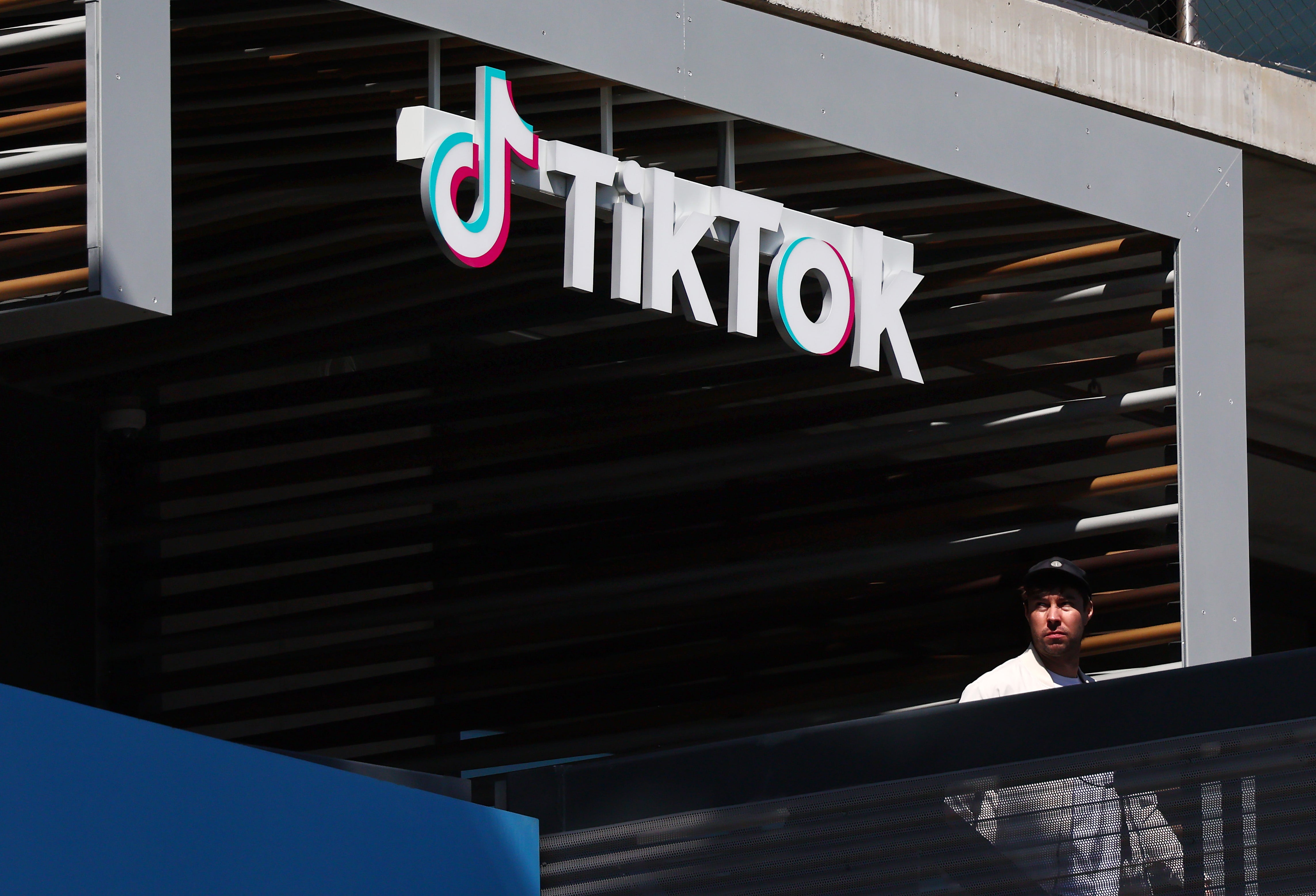The Independent's journalism is supported by our readers. When you purchase through links on our site, we may earn commission.
TikTok’s ‘AI time traveller trend’: Why users are being spooked by old videos – and how to make your own
Automatically generated videos are interrupting classic Vine videos

Your support helps us to tell the story
From reproductive rights to climate change to Big Tech, The Independent is on the ground when the story is developing. Whether it's investigating the financials of Elon Musk's pro-Trump PAC or producing our latest documentary, 'The A Word', which shines a light on the American women fighting for reproductive rights, we know how important it is to parse out the facts from the messaging.
At such a critical moment in US history, we need reporters on the ground. Your donation allows us to keep sending journalists to speak to both sides of the story.
The Independent is trusted by Americans across the entire political spectrum. And unlike many other quality news outlets, we choose not to lock Americans out of our reporting and analysis with paywalls. We believe quality journalism should be available to everyone, paid for by those who can afford it.
Your support makes all the difference.A trend in which “time travellers” interrupt classic videos is taking over TikTok – and leaving many of its users worried.
The videos take a well-known video, usually a Vine. But it is then interrupted and veers off in strange directions, with unexpected figures appearing in the video and usually spoiling the punchline.
The videos often suggest that “time travellers” have gone back to avoid the original videos, stopping the sharing of jokes and getting in the way of the videos going viral. Those time travellers are often shadowy, eerie figures, and the videos are set to unnerving music.
Many of the videos use beloved old Vines, which only adds to the feeling of uncanniness. One of the first may be an old King Bach video in which a man unexpectedly appears.
@yourbirthcertificate DON'T BELIEVE HIM | (ORIGINAL) #kingbach #onlyaspoonful #meme #ai #fyp ♬ original sound - YourBirthCertificate
The videos represent a new and creepy way of using artificial intelligence to create new videos. Most commenters seem to enjoy them, even if they are also spooked – though some suggested that they showed the dangers of the technology, and how it could change the videos that people see in the future.
Others noted that it was a way of allowing videos from Vine – a once-popular video service that shut down in 2017, and was in many ways a precursor to TikTok – to make a comeback.
Creating one of the videos is relatively straightforward, though could take considerable time. Many of them are using a system called Luma AI, which calls itself a “Dream Machine” and allows videos to be created out of one still image and a prompt.
Users can take a grab of a classic video and give an instruction to create a video in which threatening men enter the frame, for instance. That can then be stitched alongside the original video, perhaps with threatening-sounding music, which will give the effect as seen in many of the viral clips.
Luma uses a transformer model that has been trained on videos, and like all generative AI uses patterns in that training data to create new ones. The company describes it as a “first step towards building a universal imagination engine”, and the videos it produces are often like dreams, or nightmares.
The status of AI-generated videos has caused some controversy on social networks, including TikTok. Many have opted to allow them to continue to be posted, as long as they are given tags that make clear they are not real, though enforcement of those rules has not always been consistent.
Join our commenting forum
Join thought-provoking conversations, follow other Independent readers and see their replies
Comments